Resources for new international students
New to UCLA? Here are some tips to help you plan for your arrival and transition to Los Angeles!
1. Arrival
How do you get from LAX (the airport) to UCLA?
LAX to UCLA is 16 mi (26 km)
Without traffic, 25 mins by car, but most of the day it will take around 1hr due to traffic.
WE OFFER FREE AIRPORT PICKUPS FOR NEW INTERNATIONAL STUDENTS!!
Uber is a rideshare service that is generally reliable and not too expensive.
Public Transit Option: Culver CityBus goes between UCLA and LAX. But be aware that it will take some time and it will cost some money also.
What should I pack?
Make sure to have your documents:
Passport
Visa and I-20
Copy of birth certificate
Plane tickets
University enrollment documentation
Acceptance letter from school
Driver’s license (from home country)
Medical Insurance
Health Records
Housing Contract
Emergency Contacts
What else?:
Local currency
US Outlet adapter
Computer / laptop
Cell phone
Backpack
School supplies
Clothes
Shoes
Towels
TSA-compliant toiletries (i.e., toothpaste, toothbrush, floss, soap, shampoo, conditioner)
2. How to search for an apartment near UCLA as an International Student
Finding a Roommate
Finding or choosing a good roommate is one of the important things to consider when you are trying to figure out housing. Ideally, you would want to find a roommate before your apartment-searching stage.
If your friends and classmates are not available to room with you. You can also try asking around on specific WeChat groups or this UCLA specific Facebook housing group.
Apartment Searching Stage
How safe is the zip code?
You can check AreaVibes.com to check crime rate.
Generally near UCLA (Westwood are) is good. It gets cheaper as you go further out, but make sure to check with AreaVibes.com or ask someone who lives in the area about some location before agreeing to sign a lease!
Some locations to consider are: Westwood Village (close to campus and walkable, but the most expensive), the area in the middle of Wilshire Blvd, Pico Blvd, 405, and South Beverly Glen (cheaper, but further from school, and harder to apply as an international student), Sawtelle & Brentwood Area (Good shops and restaurants nearby, but bad traffic), Palm area or Santa Monica (Cheaper rent but further from school, make sure the Bruin Bus line is close to the apartment unless you drive).
You'll need a credit score:
https://www.deserve.com/card-types/consumer-student-card
You'll need some history shopping and paying off your card for 3-6 months
Housing questions to ask:
Is water, power, gas, or internet included? Do I need to set up my own power before moving in?
If so, you'll need to make an account with LADWP (Los Angeles Department of Water and Power) to set that up.
Is there a "security deposit" and how much is it?
Most rentals will charge the first month of rent before you move in, as well as hold on to a certain amount of money until you move out.
Is parking included? How many spots (if you are living with roomates)? Is it "tandem" (Two cars park in line, not side by side)?
If I'm not bringing a car, can I get a discount on my rent?
Sources to view rental listing
Tripalink apartments (tailored more to students)
Facebook groups (but there are a lot of scams here so be careful)
Transportation
Find housing near a bus stop because it's hard to get around
3. Health Insurance
Health insurance is a requirement for all international students. The school provides UC SHIP for all (unless you choose to waive and purchase your own insurance from 3rd party insurance providers).
UC SHIP
With UC SHIP, you can start your care at the Ashe Center. Your primary doctors are there to help you with things like routine checkups, optometry services and general care for unexpected issues, such as sore throats or swollen ankles. There is also Counseling and Psychological Services (CAPS) that provides referrals for mental health services.
This also means, by any chance if you need to see a specialist, you need to be seen by the Primary Care Provider at Ashe Center before getting a referral for a specialist or surgery. The only exception is when you are in need of urgent/emergency care while the Ashe Center is closed, then no referral is needed.
Copay or Copayment?
Different terms of the insurance can also be confusing. Here we will only cover the basic idea of “Co-Pay” (or Co-Payment).
A copay is a fixed amount you have to pay for your medical services. You may be charged co-pays for services such as doctor visits or prescription drugs.
The amount of the copay fees are based on the insurance plan and the type of service you receive, but typically $25 or less. For example, some insurance do not even require a copay for annual physical checkups. Review the terms of your insurance plan to determine your copayment option.
For more info, you can call Ashe Center’s Insurance Office or Anthem Customer Service (1-866-940-8306).
4. Bank Accounts / Credit Card
Non-US credit cards are accepted many places, but if you plan on being in the US for longer term, you may want to get a US credit card to begin building your US credit score. You may also be charged international fees when using non-US cards.
Most credit cards will require you to provide a Social Security Number (SSN) or Individual Taxpayer Identification Number (ITIN). Some banks offer student cards which only require your passport for the application. However, if you are under 21 years old, you will need to have a co-signer (such as a parent).
You can request an ITIN from the Internal Revenue Service (IRS).
American Express and Bank of America are reputable banks that will accept applications only using passport information.
CapitalOne is another reputable bank that requires only an ITIN for their student card.
Often opening up a bank account with a US bank can be a huge help in getting a credit card approved. Getting a job helps show you have a source of income and will help too.
5. Phone Service
Some good cell-phone service providers in the United States:
Verizon (most reliable, most expensive)
AT&T
Mint (cheaper option, but still works well in most places)
6. Getting a Driver License
Many UCLA international students swiftly discover that the best way to explore Los Angeles and its surroundings is to have a car, which requires a California Driver’s License. However, the process to obtain a driver’s license can be a bit daunting for newcomers. Here, we'll break down the steps to help international students at UCLA navigate the path to obtaining a California driver's license.
Step 1: Gather Necessary Documents
Before beginning the application process, ensure you have the required documents. As an international student, you'll need the following documents:
Passport with valid visa
I-94 form (Arrival/Departure Record)
I-20 form (for F or M students) or Form DS-2019 (for J students)
Social Security Number (SSN) on a Social Security card OR a Social Security Administration (SSA) Form SSA-L767 (Refusal to Process SSN Application)
Timing is also important! You should also wait at least 10 calendar days after arrival in the US to apply for a driver’s license so that all government databases can be updated with your most recent date of arrival, which is necessary to activate your status as Active in the Student and Exchange Visitor Information System (SEVIS), and then another 10 days to make sure that your Active status in SEVIS has been updated in all databases.
Step 2: Apply for a Social Security Number (SSN) (if necessary)
Normally, to apply for a driver's license in California, you'll need a Social Security Number (SSN). However, for most international students, a SSN is NOT required. Nevertheless, you’ll still need to apply for a SSN and receive an official rejection letter from the Social Security Administration (SSA) to fulfill this requirement.
Visit the Social Security Administration (SSA) office with the necessary documents to apply for an SSN. The closest SSA office to UCLA is its Westwood Office.
Step 3: Study for the Written Test
Familiarize yourself with California's driving laws and regulations by studying the California Driver Handbook, which is available online or at the local Department of Motor Vehicles (DMV) office. The handbook covers rules of the road, traffic signs, and safety guidelines. Being well-prepared will increase your chances of passing the written test. There are also practice exams available online that you can take to test your knowledge before your exam.
Step 4: Make an Appointment with the DMV
Schedule an appointment at a nearby DMV office to take the written knowledge test. Booking an appointment in advance is highly recommended, as it saves time and reduces waiting periods at the DMV. The closest DMV to UCLA is located in Santa Monica.
Step 5: Pass the Written Knowledge Test
On the day of your appointment, arrive at the DMV with all the necessary documents, including your passport, visa, I-94 form, SSN-related forms, and proof of California residency. Take the written knowledge test, and if you pass, you'll receive a learner's permit.
Step 6: Practice Driving with a Learner's Permit
With your learner's permit, you can start practicing driving. Ensure you have car insurance coverage while operating a vehicle. Drive under the supervision of a licensed adult who is at least 18 years old and has a valid California driver's license. You can ask friends or family members who meet these requirements to practice driving with you, or you can hire a professional coach. Facebook or WeChat UCLA student groups are good places to ask for driving coach recommendations. Many of these driving coaches can also help arrange your driving test.
Step 7: Schedule a Driving Test
Once you feel confident in your driving skills, schedule an appointment for the behind-the-wheel driving test. During this test, a DMV examiner will evaluate your driving abilities and knowledge of traffic laws.
Step 8: Pass the Driving Test
On the day of the driving test, arrive at the DMV with your learner's permit, required documents, and a properly registered and insured vehicle. Demonstrate your driving skills, and if you pass the test, congratulations – you'll receive your California driver's license!
Obtaining a California driver's license as an international student at UCLA may involve a few steps, but it's an achievable goal that offers incredible freedom and opportunities. Remember to gather all necessary documents, study diligently for the written test, and practice driving safely with your learner's permit. With determination and preparation, you'll soon be cruising through the streets of Los Angeles, enjoying all that this vibrant city has to offer. Safe driving!
If you’d like additional resources on how to obtain a California Driver’s License, take a look at the UCLA Dashew Center’s guide for international students.
Bonus: Tips on buying a car
Don't buy a new car: New cars generally lose a significant amount of value as soon as you start driving them, so generally if you can get a good deal on a used car, or lease ("rent" the car, and pay monthly for a 3 year term) that is much better!
Note about renting cars: If you are under 25 years old, short-term rentals (for example, if you want to rent a car for 2 weeks to go on a road trip) are significantly more expensive, or sometimes even not all
Requirements:
Driver's license: You'll need a US Driver's License from the California DMV. If you have one in your home country, you'll need to transfer it to the US.
Car Insurance: You'll need to pay for insurance. It is illegal to drive without car insurance.
If you are leasing or buying a car on loan, you'll need a good credit score!
